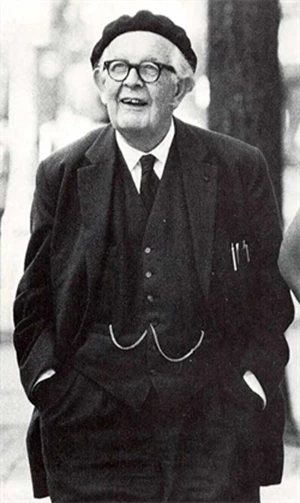
Brush up on your Piaget, Erikson, and Freud.
Example:
Piaget's infancy and toddlerhood developmental stage
Turn over the card...Sensorimotor Stage
Erikson's Infancy developmental stage
Turn over the card...Trust vs Mistrust
And on from there...
Quick Jean Piaget review: Jean Piaget’s theory of cognitive development is a cornerstone of developmental psychology—and a frequent flyer on the ASWB licensing exam. But beyond memorizing stage names and age ranges, what matters is knowing how children actually think and behave at each point.
Here’s a streamlined, test-ready breakdown of essential Piaget knowledge—with a focus on real-world social work implications.
Piaget’s Four Stages of Cognitive Development
1. Sensorimotor Stage (Birth to ~2 years)
Key idea: Learning through action and senses
-
Infants explore by touching, looking, mouthing
-
Object permanence develops (knowing things still exist when out of sight)
-
Early milestones: imitation, simple cause-effect understanding
🧾 On the exam: Watch for questions involving infants’ awareness or reactions to separation.
2. Preoperational Stage (~2 to 7 years)
Key idea: Imagination grows, logic doesn’t
-
Egocentrism: The child sees the world only from their point of view
-
Magical thinking and symbolic play (e.g., pretending a broom is a horse)
-
Lacks conservation: thinks pouring water into a taller glass makes “more”
🧾 In practice: This is the age where play therapy and metaphor can be powerful. Don’t expect logical processing yet.
3. Concrete Operational Stage (~7 to 11 years)
Key idea: Logic starts—if it’s concrete
-
Understands conservation, reversibility, and cause-effect
-
Can decenter (see multiple perspectives)
-
Still struggles with abstract ideas
🧾 In school settings: This is when kids begin to grasp fairness, rules, and responsibility—but still need concrete examples to process new ideas.
4. Formal Operational Stage (~12+ years)
Key idea: Abstract and hypothetical reasoning
-
Can consider "what if" scenarios
-
Thinks about morality, identity, and justice
-
Metacognition develops (thinking about thinking)
🧾 On the test: Watch for teen clients showing future-oriented anxiety or moral dilemmas—these often align with formal operations.
How This Could Appear on the ASWB Exam
A 6-year-old tells the social worker that her doll is sad because it’s raining outside. According to Piaget, this is an example of:
A. Egocentrism
B. Conservation
C. Abstract thinking
D. Reversibility
Children in the preoperational stage often attribute feelings to inanimate objects and assume others see the world as they do. Correct answer: A. Egocentrism.
Final Tip
Memorizing the stages is one thing. Understanding how children think at each stage—and what interventions match—is what the ASWB exam really tests.
For realistic, full-length practice tests, get started with SWTP now.

